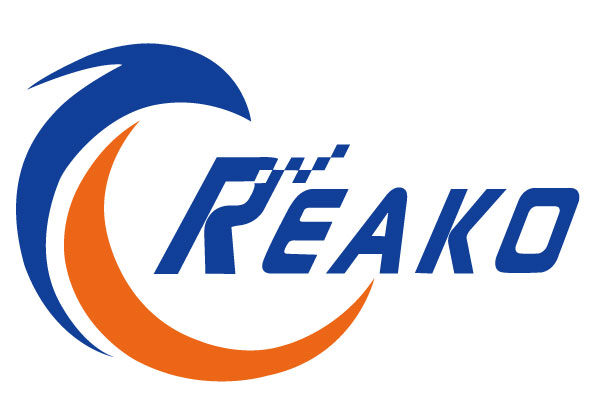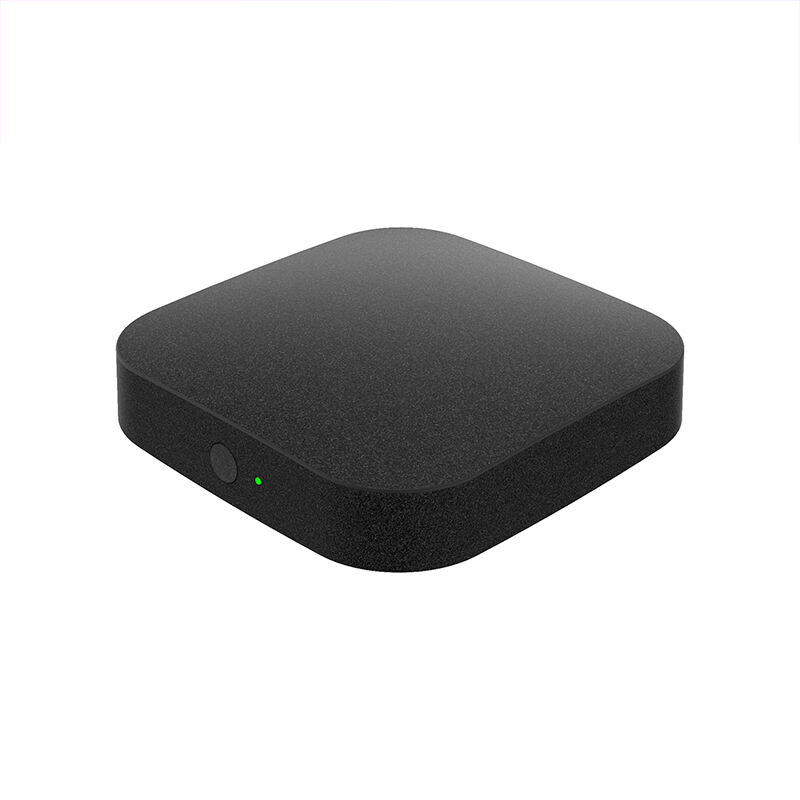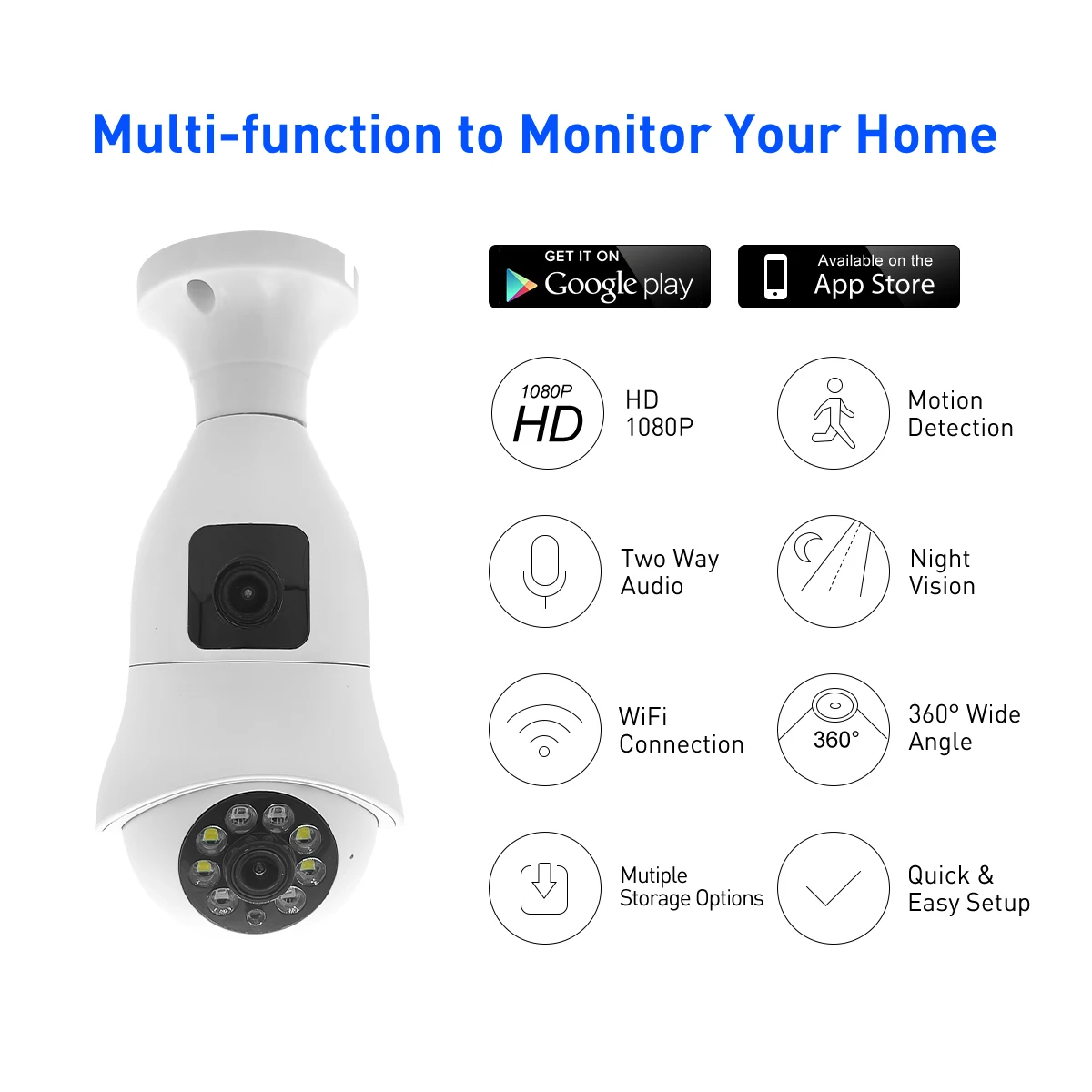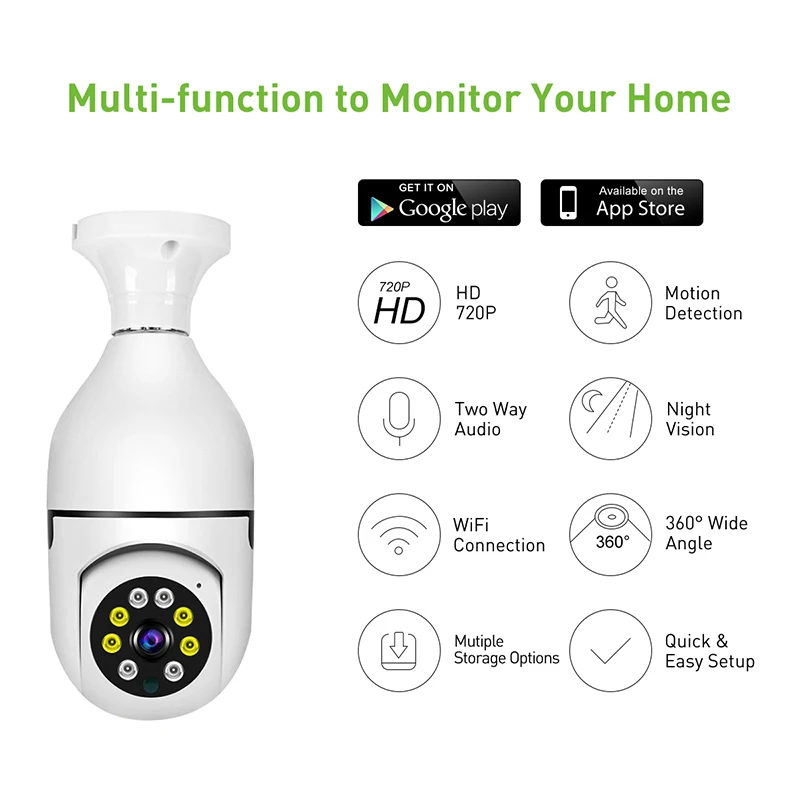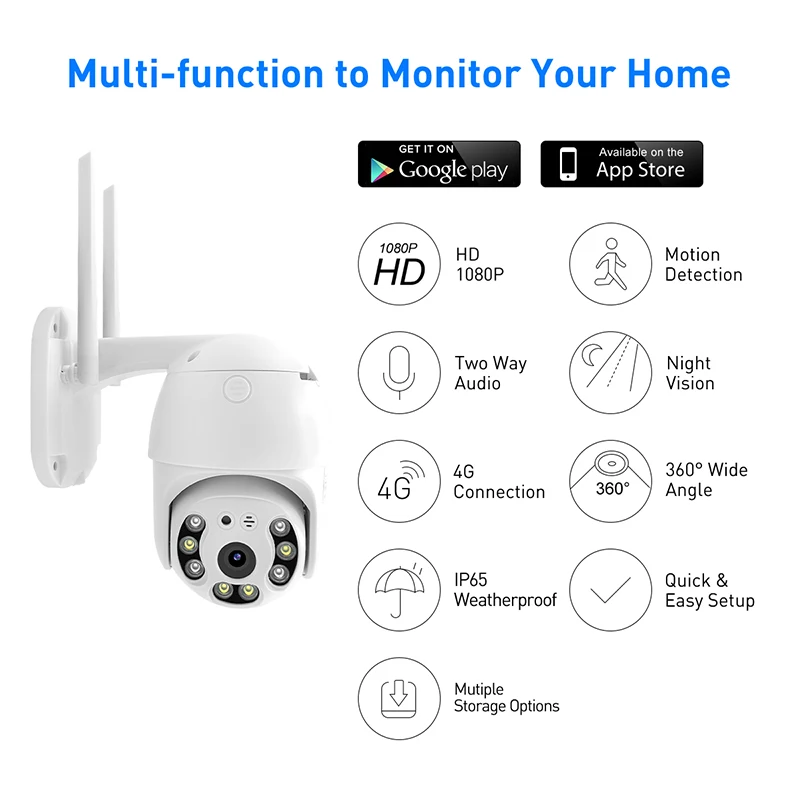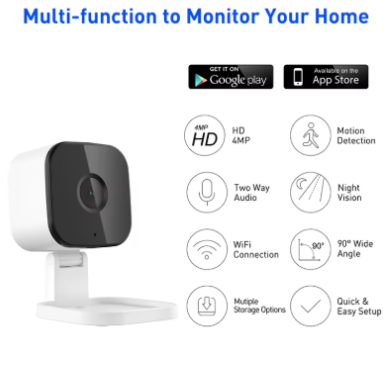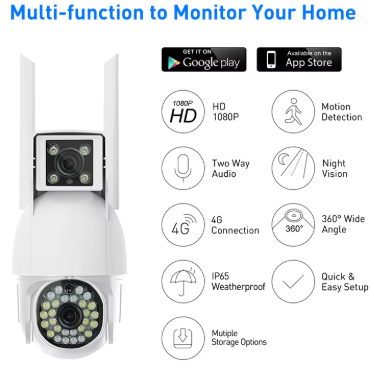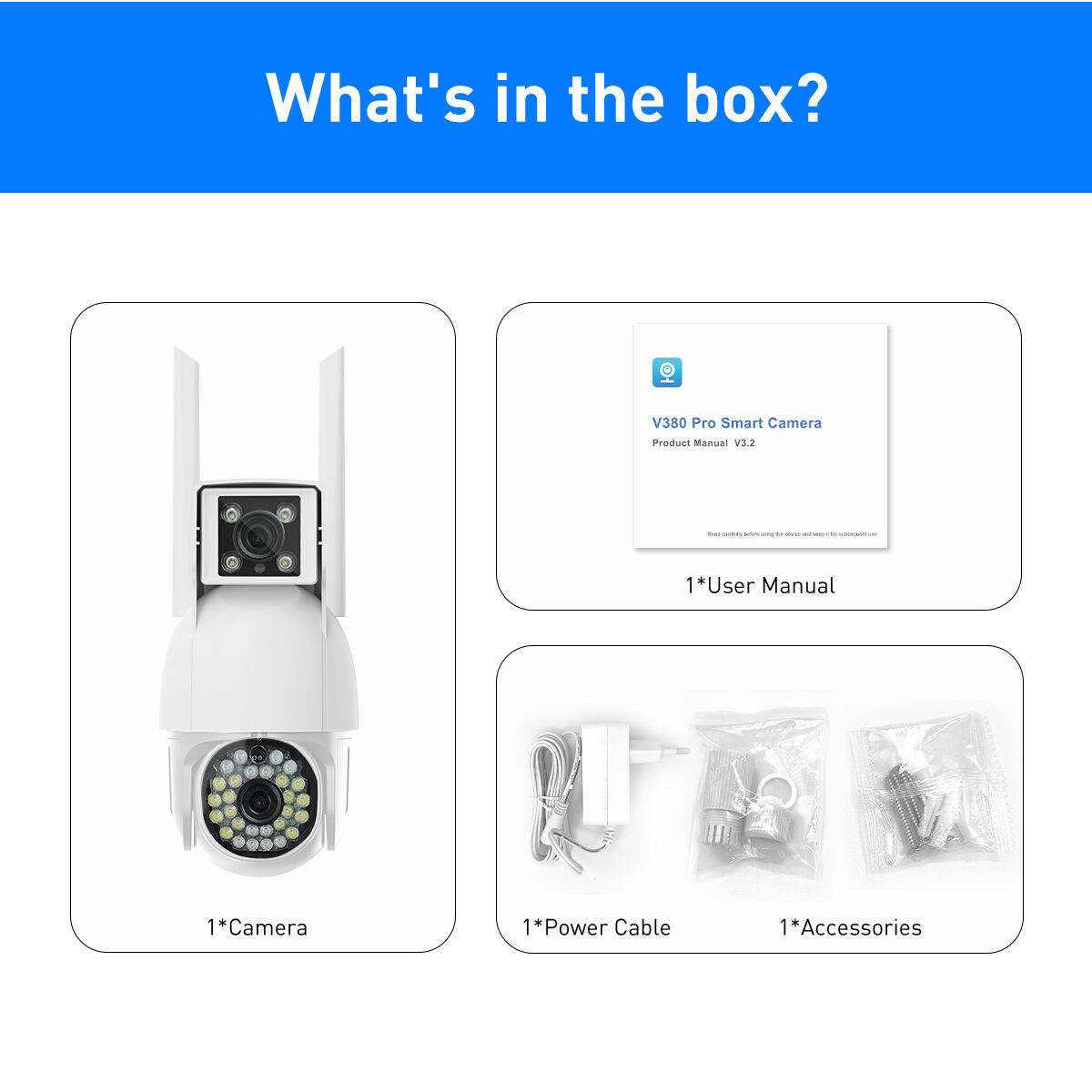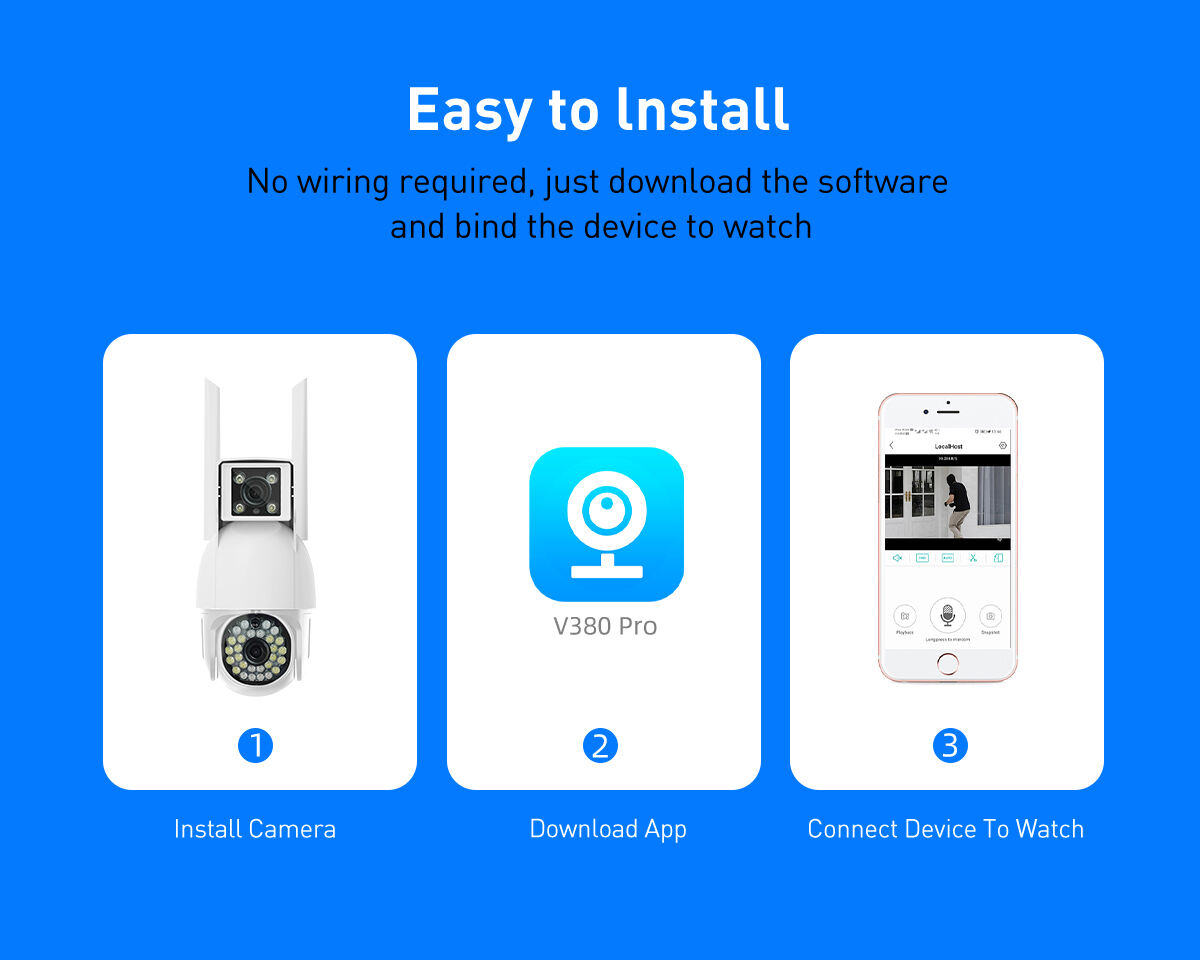dvb and dvb s2
DVB (Digital Video Broadcasting) and DVB-S2 represent significant advancements in digital television broadcasting technology. DVB is a set of international standards for digital television transmission, while DVB-S2 specifically refers to the second generation of satellite broadcasting specifications. These technologies enable the efficient transmission of digital TV signals, high-definition content, and data services through satellite communications. DVB-S2 builds upon the original DVB-S standard by offering improved spectral efficiency, better error correction capabilities, and support for multiple transmission modes. The system utilizes advanced modulation techniques, including QPSK, 8PSK, and 16APSK, allowing for more efficient use of satellite bandwidth. One of the key features is its adaptive coding and modulation capability, which enables the system to adjust transmission parameters based on reception conditions. This technology supports various services, from standard definition TV to ultra-high definition broadcasting, and includes applications in corporate networks, news gathering, and internet connectivity via satellite. The implementation of DVB and DVB-S2 has revolutionized satellite communications by providing reliable, high-quality digital broadcasting services to millions of viewers worldwide.
